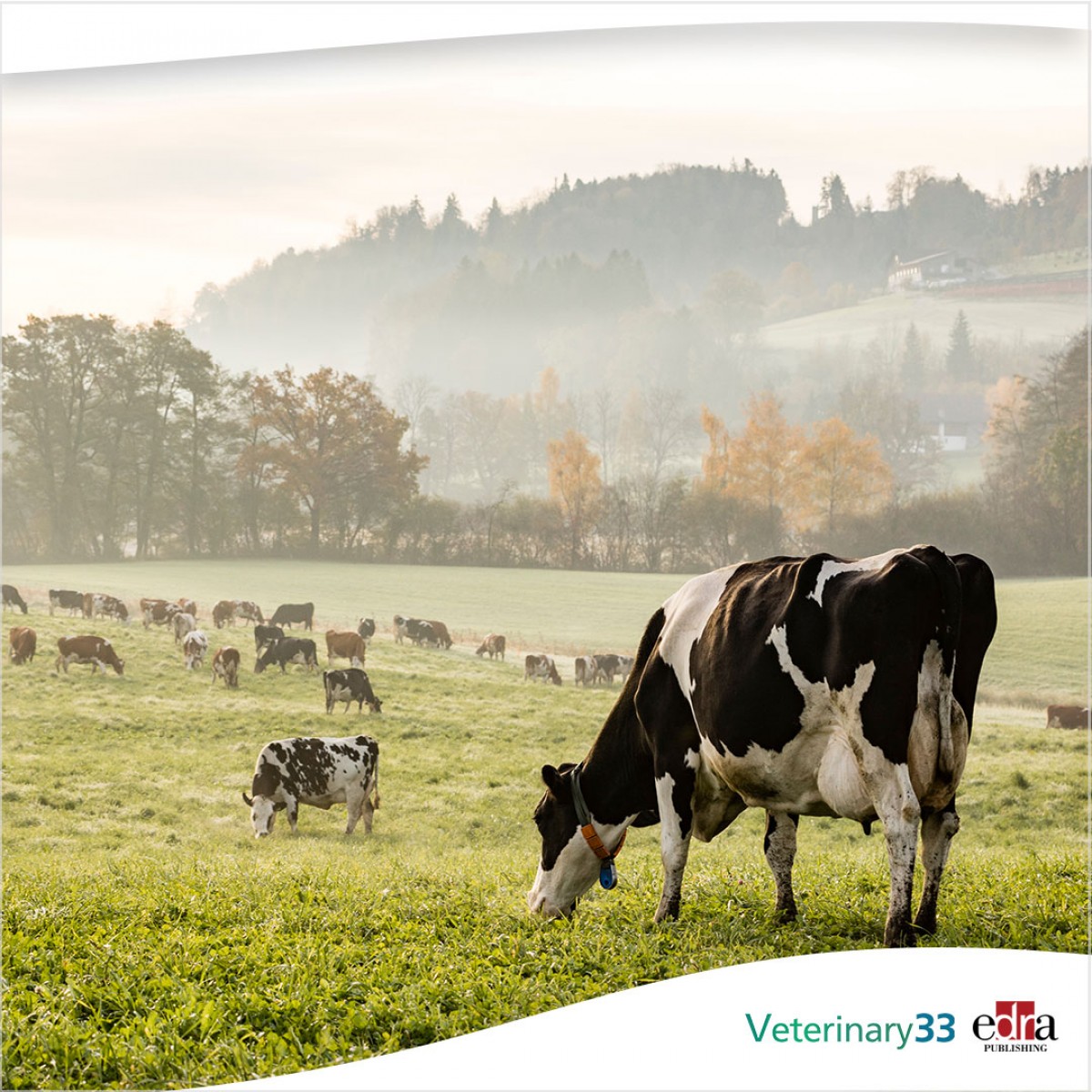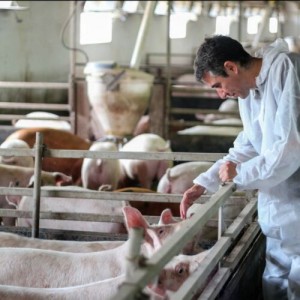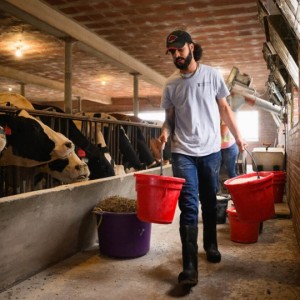EFSA publishes latest data on pesticides in food
The European Food Safety Authority (EFSA)’s latest report on pesticide residues in food in the European Union was released earlier in 2023. The report gives a snapshot of the residue levels found in a selection of commonly consumed products.
A total of 87,863 food samples were collected in the EU in 2021. Analysis of the results shows that 96.1% of samples fell within legally permitted levels. For the subset of 13,845 samples analyzed as part of the EU-coordinated control program (EU MACP), 97.9% were within legal limits.
The EU MACP analyses samples randomly collected from 12 food products. For 2021, these were eggplants, bananas, broccoli, cultivated fungi, grapefruits, melons, sweet peppers, table grapes, virgin olive oil, wheat, bovine fat and chicken eggs.
Of those samples analyzed in the coordinated program:
- 58.1% (8,043 samples) were found to be free of quantifiable levels of residues.
- 39.8% (5,507) contained one or more residues in concentrations below or equal to permitted levels (known as maximum residue levels, or MRLs).
- 2.1% (295) contained residues exceeding the permitted levels.
The same selection of products is sampled every three years, which means upward, or downward trends can be identified.
Pesticide residues exceeding maximum levels
The overall rate at which pesticide residues exceeded the MRL rose from 1.4% in 2018 to 2.1% in 2021. Excluding grapefruits, the average MRL exceedance rate was 1.4% in 2021, the same as in 2018. In 2021, Member States drew attention to the higher presence of pesticides residues in grapefruits imported from outside the EU and in the same year the European Commission increased border controls.
The detailed results of the control program are available on EFSA’s website as browsable charts and graphs, making the data more accessible to non-specialists. EFSA’s annual report also includes data collected as part of national control activities carried out by individual EU member states, Norway and Iceland.
The results from the monitoring programs are a valuable source of information for estimating dietary exposure of EU consumers to pesticide residues. EFSA carried out a dietary risk assessment as part of its analysis of the results. This year, a pilot probabilistic assessment on a subset of substances was also introduced for the first time.
The report suggests that the food commodities analyzed in 2021 are unlikely to pose a concern for consumer health. Nevertheless, the report includes a number of recommendations to increase the efficiency of European control systems for pesticide residues.
USDA Pesticide Data Program
Across the proverbial pond, the U.S. Department of Agriculture (USDA)’s Pesticide Data Program (PDP) celebrated its 30th anniversary in 2021 and is one of the world’s largest monitoring programs for pesticide residues.
In a perspectives article published in the Journal of Exposure Science & Environmental Epidemiology in October 2022, authors said the PDP database contains over 42 million data points for a pesticide paired to a commodity that have resulted from the analysis of nearly 310,000 food samples of 126 different commodities.
PDP was developed as a voluntary program that works with state agencies covering all four census regions and nearly one-half of the U.S. population. According to the paper, current participants include California, Colorado, Florida, Maryland, Michigan, New York, Ohio, Texas and Washington. States that previously have been PDP participants include Minnesota, Montana, North Carolina and Wisconsin.
Analyzed commodities are changed every few years
The program rotates commodities from year to year in order to include more commodities in the program. Fresh commodities typically remain in the program for two years to capture annual and seasonal variation, while processed commodities typically are sampled for one year. High-consumption commodities are rotated through the program approximately every five years to capture any changes in agricultural practices and to ensure fresh monitoring data are available for dietary risk assessments. Other commodities are included in the program when EPA expresses an interest in the data, and commodities chosen for inclusion or rotation in PDP are based on EPA data needs.
Fruit, vegetable, nut (almonds and peanut butter), dairy (butter, heavy cream, and milk), egg, honey, barley, oats, rice, wheat flour, catfish, salmon, and bottled water samples are collected by trained State personnel at terminal markets, distribution centers, and other wholesalers.
Carrots make the cut
According to the paper, the 1994 carrot testing screen included 85 compounds and 22 were detected. By 2020, the testing screen included 327 compounds and 28 were detected, though the most frequently detected compounds had changed. In 1994, the five most frequently detected residues were DDE, trifluralin, iprodione, diazinon and linuron.
In 2020, the five most frequently detected residues were linuron, boscalid, iprodione, pyraclostrobin and penthiopyrad. Three of the top five detected residues in 2020 (boscalid, pyraclostrobin, and penthiopyrad) were not registered for use on carrots in 1994 and were not included in the screen.
Learn more and explore the data on the USDA website.
For more information: "Pesticide data program: 30 years of food residue data and trends."














List
Add
Please enter a comment